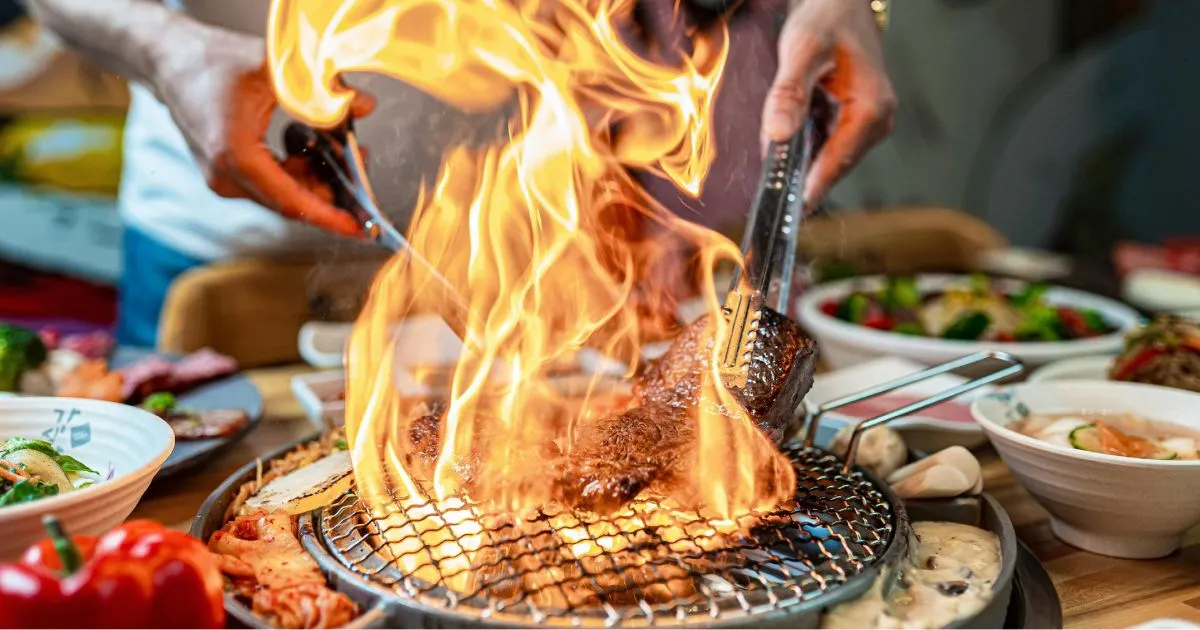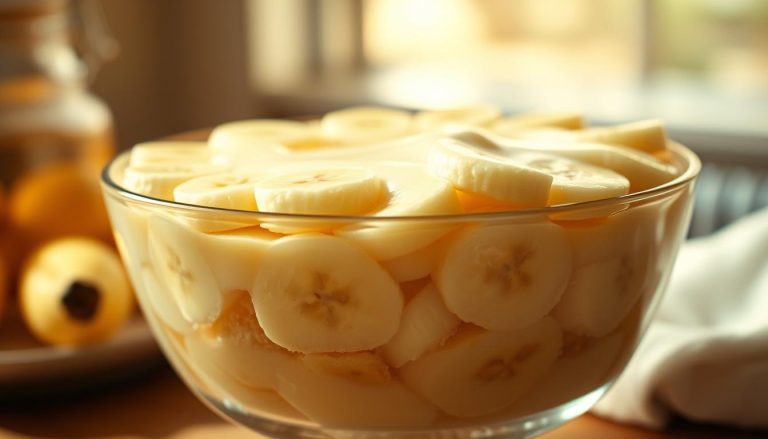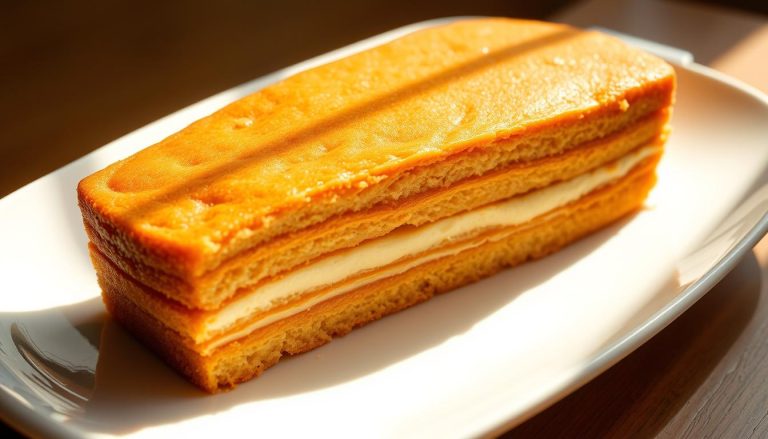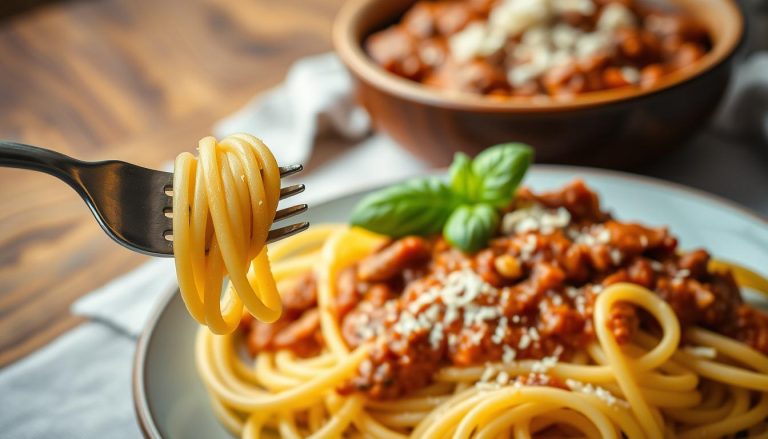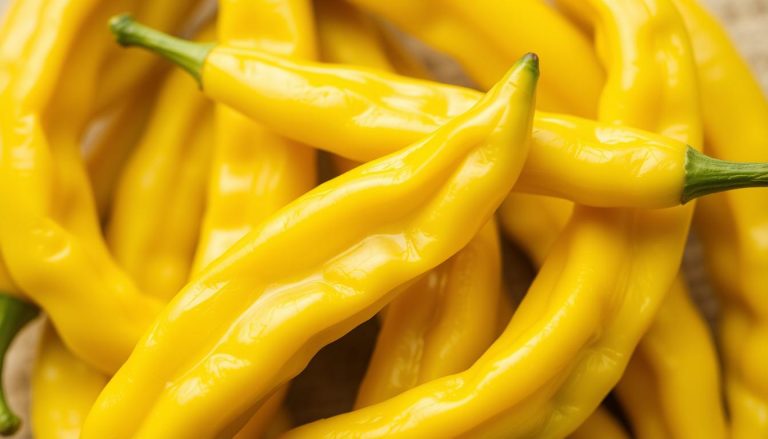How to Master Any Smoker Recipe
Table of Contents
Are you new to pellet grill recipes and want to get better at smoking? To cook delicious food, you need to know how your smoker operates. With lots of smoker recipes out there, it’s easy to feel lost.
You don’t need to be an expert to make a smoker recipe stand out. Just learn the basics of smoking and get to know your gear. This guide will show you how to follow any pellet grill recipe like a pro.
Key Takeaways
- Understand the basics of your smoker to achieve delicious results.
- Understanding your gear helps you avoid typical pitfalls.
- Start with simple pellet grill recipes and gradually experiment with new flavors.
- Achieving the best smoke flavor starts with controlling the temperature.
- Practice makes perfect – don’t be discouraged by initial trial and error.
Understanding Your Smoker: Types and Basic Components
To enjoy your smoking experience, knowing the different types of smokers is key. This knowledge helps you make smart choices, whether you’re new or upgrading your gear.
Different Types of Smokers Explained
Smokers fall into several categories, like charcoal, gas, electric, and pellet smokers. Every option offers distinct benefits and challenges.
Pellet Grills vs. Traditional Smokers
Pellet grills are loved for their simplicity and consistent heat.Unlike traditional smokers that require more hands-on effort, these use wood pellets. This gives pellet grills a deep, smoky taste.
Essential Parts and Their Functions
Every smoker includes essential components such as the cooking chamber, firebox, vents, and chimney. Knowing what each does is vital for great smoking.
Setting Up Your Smoker for First Use
Before smoking, set up your smoker right. Season it to avoid rust and keep it clean. Learn how to use the controls to adjust temperature and airflow.
Knowing your smoker’s types and parts helps you try new smoker ideas and find the best things to smoke for tasty results.
The Science Behind Smoking: Why It Creates Amazing Flavor
Smoking turns raw ingredients into tender, flavorful dishes. It uses heat, smoke, and time. Following a smoker recipe is more than just cooking.You’re creating a unique experience that blends cooking art with flavor science.
How Smoke Flavors Food
Smoke from different woods gives food special tastes. Compounds like guaiacol and syringol make meat richer and more complex. As an example, hickory wood gives a rich, smoky flavor. Applewood, on the other hand, brings a fruity and mild taste.
Low and Slow Cooking Principles
Low and slow cooking is key to smoking success. Cooking at low temperatures for a long time makes meat tender and juicy. It also lets smoke fully flavor the food.
The Role of Temperature and Time
Temperature and time are vital in smoking. The right temperature ensures even cooking. Cooking time affects tenderness and flavor. For quick smoker meals, adjusting these can lead to tasty results faster.
Understanding smoking’s science helps you make delicious dishes. Whether you’re new or experienced, mastering temperature, time, and smoke improves your cooking. It enhances the flavor and quality of your meals.
Essential Tools and Supplies for Successful Smoking
Smoking like a pro is more than just using a smoker. You need the right tools and ingredients. Let’s take a look at what you’ll need to get started.
Temperature Monitoring Equipment
Controlling temperature is key in smoking. You’ll need a good thermometer to check the smoker’s temperature. There are digital and analog thermometers, and even wireless ones for remote monitoring.
Wood and Fuel Options
Flavor is heavily influenced by the wood or fuel you use. Different woods work best with different meats. Picking the right option matters a lot.
Best Woods for Different Meats
Hickory is great for bacon and ribs. Applewood is perfect for poultry and pork. Experimenting with different woods can inspire fresh smoker ideas.
Pellet Selection for Pellet Grills
For pellet grills, choose high-quality pellets. Select hardwood pellets, including oak and maple. They enhance your dishes with a bold smoky flavor.
Accessories That Make Smoking Easier
Several accessories can make smoking easier. These include smoker boxes, grill mats, and meat claws. These tools can improve your smoking experience and results.
With the right tools and supplies, you’re ready to make delicious smoked dishes. Whether you’re exploring new smoker ideas or refining your pellet grill recipes, the right equipment is essential.
Getting Your Food Ready for the Ultimate Smoker Recipe
To get the perfect smoker recipe, start with good food prep. This means several important steps. These steps will make your food taste better and feel right, whether it’s brisket or a quick dinner.
Trimming and Cutting Techniques
Trimming off extra fat and cutting meat right can really change how it smokes. Removing excess fat prevents flare-ups and promotes even cooking. Cutting meat into the same size pieces makes sure it cooks the same all over.
- Remove excess fat to prevent flare-ups.
- Slice meat into equal-sized pieces to ensure even cooking.
- Consider the type of wood or fuel you’re using, as it can affect the flavor profile.
Brining and Marinating Basics
Smoked foods gain extra depth and nuance from proper brining and marinating. Brining soaks meat in saltwater to add moisture and flavor. Marinating with acidic ingredients like vinegar or citrus softens and flavors the meat.
A simple brine starts with 1 gallon of water and 1 cup of kosher salt.Add garlic or herbs for extra flavor. For best results, marinate with vinegar or citrus and let it sit for hours or overnight.
Rub Application Methods
Applying a rub is key in preparing your food for smoking. A quality rub enhances both the taste and texture of your meat.
Dry Rubs vs. Wet Rubs
Dry rubs are spice and herb mixes applied directly to meat. Wet rubs, or pastes, have liquid that helps spices stick. Your selection depends on your preferences and the type of meat you’re smoking.
Creating Your Own Signature Rubs
Making your own rub lets you tailor flavors. Start with common spices like paprika, garlic powder, and onion powder. Then, mix in different herbs and spices to create your unique blend.
By learning these prep techniques, you’ll make tasty quick smoker meals and try new best things to smoke for your next event.
Mastering Temperature Control in Your Smoker
Getting the hang of temperature control is key to great smoker cooking.Whether you’re a beginner or a seasoned pro, it makes no difference. Knowing how to keep your smoker’s temperature right is essential for tasty, tender food.
Target Temperatures for Different Foods
Each food type needs a specific temperature to cook well. For example, poultry and pork do best at 225°F to 250°F. Beef brisket cooks best at a slightly higher temperature, around 275°F. Understanding these temperatures ensures your food is cooked perfectly.
- Poultry: 225°F – 250°F
- Pork: 225°F – 250°F
- Beef Brisket: 250°F – 275°F
- Sausages: 225°F – 250°F
Managing Fire and Airflow
Managing fire and airflow is key to maintaining consistent temperatures. Adjust the pellet feed and airflow to fine-tune your pellet grill.. Charcoal or wood smokers need vent adjustments for airflow. Good airflow ensures a clean burn and the right temperature.
Dealing with Temperature Fluctuations
Temperature swings are common, especially outdoors. Wind, outside temperature, and fuel type can change the temperature. Mastering these adjustments is essential for successful smoking.
The Stall Explained: What It Means and What to Do
The “stall” occurs when the meat’s internal temperature plateaus, typically between 150°F and 160°F. It’s a normal part of smoking. To get past it, try wrapping the meat in foil or slightly raise the temperature.
Using the Water Pan Effectively
Adding a water pan helps stabilize the smoker’s temperature and keeps the air moist. It’s great for long cooks. Keep the water pan full for optimal performance.
Mastering temperature control will help you make amazing smoker dishes. The choice between a pellet grill and a traditional smoker doesn’t change the outcome. Simply monitor it, tweak as needed, and stay patient..
Classic Smoker Recipes Every Beginner Should Master
Classic smoker recipes are key to great barbecue. They’re perfect for beginners or those looking to improve. These recipes are a great introduction to smoking, covering temperature, timing, and flavor.
Smoked Chicken: The Perfect Starting Point
Smoked chicken is great for beginners. It’s quick and easy to do right. Generously season the chicken and smoke it between 225°F and 250°F. You’ll get tender, tasty meat for many dishes.
Pork Shoulder for Amazing Pulled Pork
Pork shoulder is easy to smoke. The trick to making pulled pork tender is cooking it low and slow. Smoke it at 225°F for hours until it hits 190°F. Afterwards, shred the meat and serve it in sandwiches or tacos.
Beef Brisket: The Holy Grail of Smoking
Beef brisket is a smoker’s challenge. It needs patience and a low temperature. Smoke it at 225°F, wrapping it in foil when it’s bark-ready. The result is tender, flavorful meat.
Quick Smoker Meals for Weeknight Cooking
Not all meals need all day. Quick smoker recipes like sausages or chicken breasts are perfect for weeknights. Season, smoke at 300°F, and cook until safe.
These classic recipes are a great start. Not only are they flavorful, but they also lay the groundwork for your smoking journey. Explore new tastes by trying different woods, rubs, and marinades.
Best Things to Smoke for Impressive Results
The world of smoking is vast, offering a variety of delicious options. No matter your experience level, learning the best things to smoke will take your barbecue to new heights. It’s sure to wow your friends and family.
Crowd-Pleasing Appetizers and Sides
Smoking isn’t limited to main dishes—it works wonderfully for appetizers and sides as well. Try smoking jalapeño poppers filled with cheese and wrapped in bacon. Try smoking corn on the cob with a mix of butter and herbs.
Smoked mac and cheese is another crowd-pleaser. It offers a creamy, comforting side dish with a rich, smoky flavor.
Unexpected Foods That Shine in the Smoker
You might be surprised at how well certain foods take to smoking. For instance, smoked cheese can add a deep, rich flavor to any dish. You can also smoke pineapple or peaches to bring out their natural sweetness.
Add a smoky twist to deviled eggs by smoking the eggs first..
Regional American Barbecue Specialties
The U.S. boasts a range of regional barbecue styles, each with its own unique specialties. Try smoking Kansas City-style ribs, Carolina pulled pork, or a classic Texas brisket. Every style brings out the region’s one-of-a-kind barbecue flavor.
Smoker Ideas Beyond Traditional Meats
Don’t be limited by traditional meats; your smoker can be used for a variety of other foods. You can smoke vegetables like asparagus or Brussels sprouts. You can also try tofu for a vegetarian or vegan-friendly choice.
Smoking can add depth and complexity to many dishes. It makes it a versatile cooking method.
Trying these options helps you get more creative and flexible with your smoker. Impress your guests with a wide range of delicious, smoked dishes.
Troubleshooting Common Smoker Recipe Problems
Smoking food can be tricky, but with the right tips, you can fix common issues. It’s a simple step to keep your dish on track.
A big hurdle is avoiding dry, overcooked meat.This usually occurs when cooking time is too long or the temperature isn’t right.
Dealing with Tough or Dry Results
To prevent tough or dry meat, keep a close eye on your smoker’s temperature. Adjust it as needed. Use a meat thermometer to accurately measure the internal temperature of your meat.
- Check your smoker’s temperature regularly.
- Check the internal temperature with a meat thermometer for accuracy.
- Don’t overcook; follow recommended cooking times.
Fixing Flavor Issues
Lack of seasoning or using the wrong wood can cause flavor issues. Try different wood flavors and make sure your rubs are balanced. This can improve your smoker recipe.
“Different types of wood can greatly alter the taste of your smoked foods.”
Smoke Management Problems
Getting the right amount of smoke is key. Too little, and your food might taste bland. Using too much can make it overly smoky.
| Issue | Solution |
| Lack of smoke flavor | Increase wood chips or adjust airflow. |
| Overpowering smoke | Reduce wood chips or adjust vents. |
Weather Challenges and How to Adapt
Weather can really affect your smoking. It’s harder to maintain a steady temperature on cold or breezy days.
To deal with this, you can use windshields or adjust your smoker’s settings. To smoke successfully, you need to be ready for shifts in the weather.
Conclusion: Your Journey to Becoming a Smoker Recipe Master
Now you know a lot about smoker recipes. You’ve learned about different smokers, the science of smoking, and the tools you need. You’ve also found many smoker ideas, from classic dishes to quick meals.
Keep practicing and trying new things. Don’t worry if things don’t go right at first. With practice and patience, your smoked dishes will keep improving. Everyone at the table will enjoy them.
Keep looking for new smoker ideas and quick meals for any occasion. Whether it’s for a big event or a simple dinner, there’s always something new to try. So, get your smoker ready and start cooking your way to becoming a master.
FAQ
What is the best type of smoker for a beginner?
Beginners often find pellet grills easy to use. They offer consistent results. Pellet grills are perfect for newbies to follow recipes and get tasty smoked meats.
How can I select the ideal wood for smoking meat?
The wood choice depends on the meat and flavor you want. Hickory is good for pork and bacon. Apple wood is better for poultry and pork.
Explore a variety of woods to see which one suits your taste.
What are some quick smoker meals for weeknight cooking?
Quick smoker meals include smoked chicken, sausages, and veggies like bell peppers. You could also smoke fish or prepare smoked mac and cheese for a flavorful meal.
How do I deal with temperature fluctuations in my smoker?
Watch the heat closely and adjust the airflow to maintain control. A water pan can help regulate temperature and add moisture to your meat.
What common mistakes should you watch out for when using smoker recipes?
Make sure to check the temperature, let the meat rest, and use the right wood or pellets. Understanding these errors will help you perfect your smoker recipes.
Can I use my smoker in cold or windy weather?
Yes, smoking is still possible during chilly or breezy weather. Just monitor the temperature closely. Use a thermometer and consider a windscreen to keep your smoker running well.
How can I make my own unique rubs for smoker recipes?
Start by mixing different spices, herbs, and ingredients. Keep in mind the meat and taste you want to achieve. Adjust your rub accordingly. You can also mix rubs for a unique taste.

